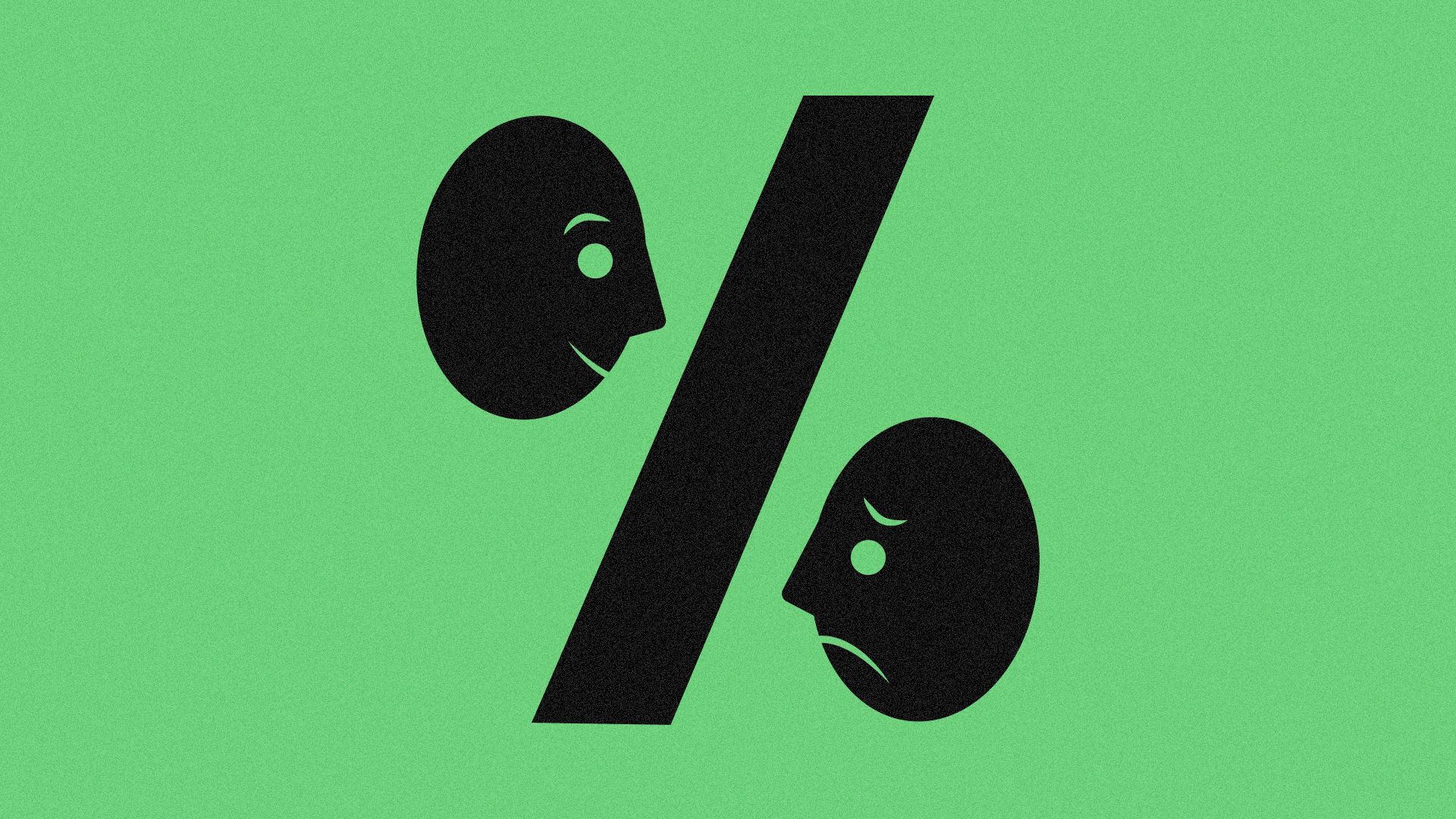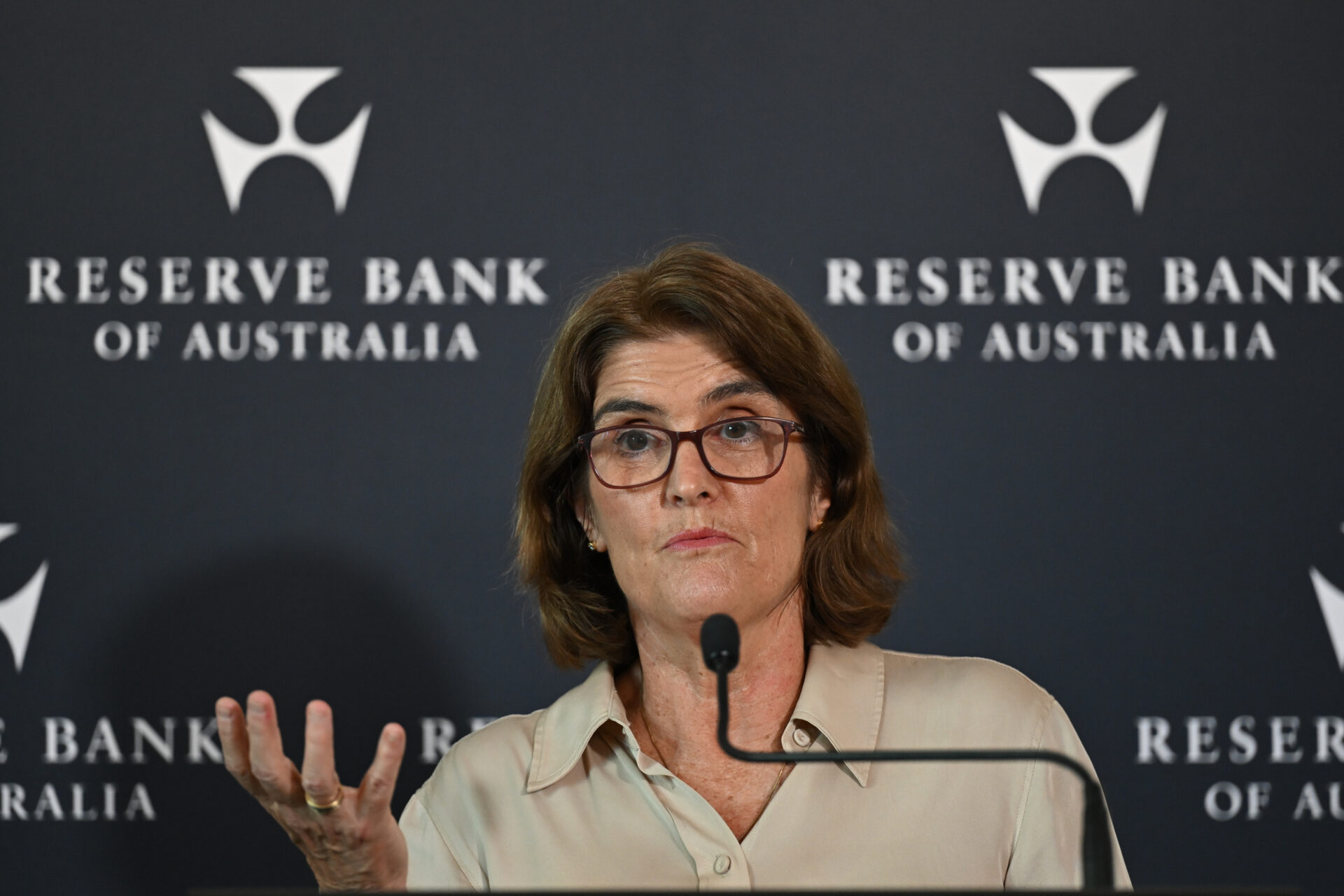
Job Market Boom: Costs Rise For Households And Businesses As Interest Rate Cuts Recede
The job market is booming, but it comes at a cost. As interest rate cuts recede, households and businesses are facing higher costs. The Federal Reserve has raised interest rates several times in recent months in an effort to curb inflation. This has made it more expensive for businesses to borrow money, which is leading to higher prices for goods and services. Households are also feeling the pinch, as they are now paying more for mortgages, car loans, and other types of debt.
Rising Costs For Households
The cost of living is rising at its fastest pace in four decades. This is due in part to the rising cost of food, energy, and housing. The average American household is now spending more than $2,000 more per year on these essential items than they were a year ago. This is putting a strain on household budgets, and many families are struggling to make ends meet.
The rising cost of housing is a major factor in the overall increase in the cost of living. The median home price in the United States is now over $350,000. This is out of reach for many families, and it is making it difficult for people to find affordable housing.
Rising Costs For Businesses
Businesses are also facing higher costs. The cost of materials, labor, and transportation has all increased in recent months. This is making it more difficult for businesses to turn a profit, and some businesses are being forced to raise prices or lay off workers.
The rising cost of labor is a major concern for businesses. The unemployment rate is at a record low, and this is making it difficult for businesses to find qualified workers. As a result, wages are rising, and this is adding to the overall cost of doing business.
The Impact On The Economy
The rising cost of living and the rising cost of doing business are having a negative impact on the economy. Consumers are spending less, and businesses are investing less. This is slowing economic growth, and it is making it more difficult for the Federal Reserve to achieve its goals of price stability and maximum employment.
The Outlook
The outlook for the economy is uncertain. The Federal Reserve is expected to continue raising interest rates in an effort to curb inflation. This will likely lead to further increases in the cost of living and the cost of doing business. However, the economy is still growing, and the unemployment rate is low. This suggests that the economy is resilient, and it is likely to weather the current storm.
Conclusion
The job market boom is a good thing, but it comes at a cost. Households and businesses are facing higher costs, and this is putting a strain on budgets and profits. The Federal Reserve is expected to continue raising interest rates in an effort to curb inflation. This will likely lead to further increases in the cost of living and the cost of doing business. However, the economy is still growing, and the unemployment rate is low. This suggests that the economy is resilient, and it is likely to weather the current storm.












